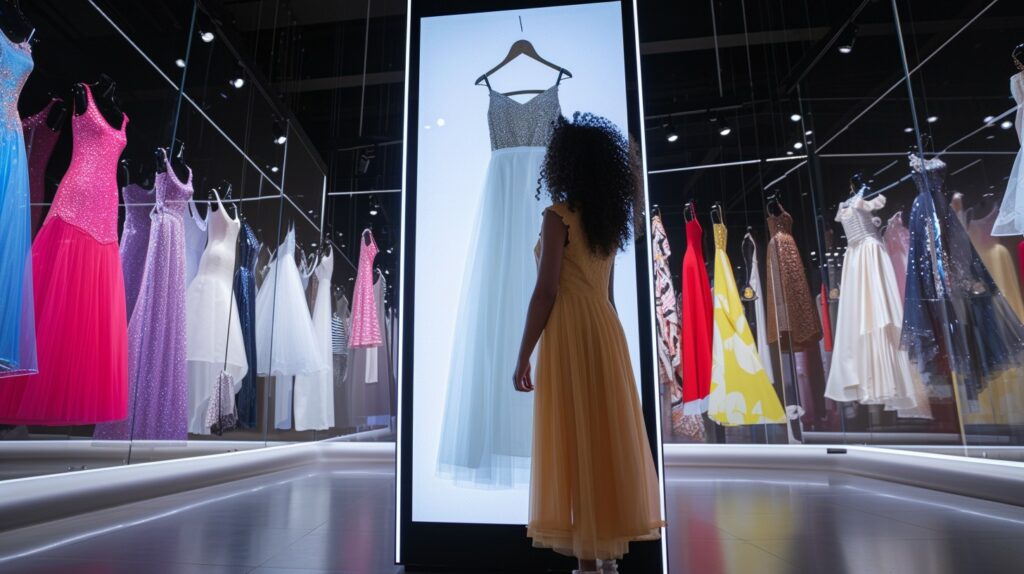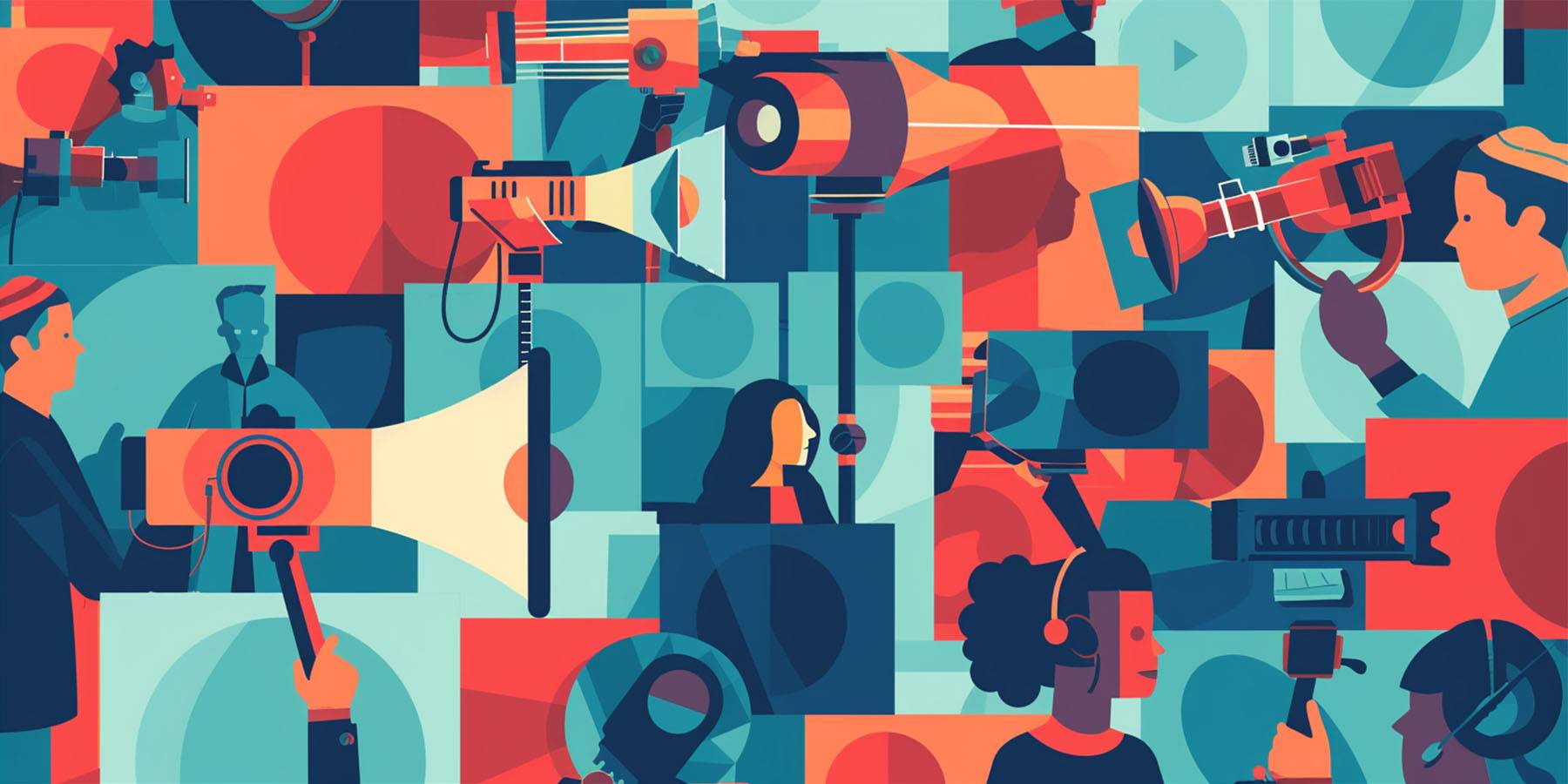In the highly competitive fashion industry, capturing the attention of editors is crucial for gaining media exposure and achieving success. One powerful method to engage editors is through the art of storytelling. By weaving compelling narratives around your designs, you can create an emotional connection and make your work stand out. This article delves into the significance of storytelling in fashion, offering strategies to craft narratives that captivate editors and elevate your brand.
Understanding the Power of Storytelling in Fashion

Why Storytelling Matters
Storytelling transcends mere description; it evokes emotions, creates connections, and leaves lasting impressions. In fashion, where visuals often dominate, a well-crafted story can provide depth and context to your designs. Editors, who are inundated with countless fashion pieces daily, are more likely to take notice of designs that come with an engaging backstory.
The Role of Narrative in Branding
A strong narrative can significantly enhance your brand identity. It helps convey your brand’s values, inspirations, and vision, making it more relatable and memorable. Through storytelling, you can differentiate your brand in a crowded market, showcasing not just what you design, but why you design it.
Crafting a Compelling Fashion Narrative
Know Your Audience
Understanding your audience is the first step in creating a narrative that resonates. Research the editors and publications you aim to engage with. What themes and stories do they typically cover? Aligning your narrative with their interests can increase the likelihood of capturing their attention.
Define Your Core Message
Your core message should encapsulate the essence of your brand and designs. It might revolve around sustainability, cultural heritage, innovation, or personal experiences. Ensure your message is clear, consistent, and authentic, as authenticity is key to building trust and engagement.
Develop a Narrative Structure
A well-structured narrative follows a coherent path. Here’s a basic structure you can use:
- Introduction: Set the stage by introducing the inspiration behind your collection. This could be a personal story, a historical event, or a cultural phenomenon.
- Conflict or Challenge: Highlight any challenges or obstacles you faced in the design process. This adds drama and makes your story more relatable.
- Resolution: Explain how you overcame these challenges and what you learned from the experience.
- Conclusion: Sum up your story by linking it back to your designs. Emphasize the unique aspects and the emotional connection behind them.
Use Visual and Emotional Elements
Incorporate visual and emotional elements to make your story more vivid. High-quality images, sketches, and videos can bring your narrative to life. Emotional storytelling can evoke feelings of joy, nostalgia, or inspiration, making your designs more compelling to editors.
Strategies to Engage Editors with Your Narrative

Personalize Your Pitch
When reaching out to editors, personalize your pitch to show that you’ve done your homework. Mention specific articles they’ve written or themes they’re passionate about, and explain how your story aligns with their interests. Personalized pitches demonstrate respect for the editor’s work and increase the chances of your story being considered.
Create a Press Kit
A comprehensive press kit is essential for presenting your narrative professionally. Include a press release, high-resolution images, a lookbook, and a designer biography. Ensure that your press release tells your story succinctly and highlights the unique elements of your collection.
Leverage Social Media
Social media platforms are excellent tools for sharing your narrative and attracting editorial attention. Regularly post updates about your design process, inspirations, and behind-the-scenes moments. Use storytelling in your captions and engage with your followers to build a loyal community.
Host Exclusive Events
Exclusive events, such as launch parties, fashion shows, or private viewings, provide opportunities to tell your story in person. Invite key editors and industry influencers to these events, offering them a first-hand experience of your narrative and designs. Personal interactions can leave a lasting impression and foster strong relationships with editors.
Collaborate with Influencers
Partnering with fashion influencers who share your brand values can amplify your narrative. Influencers can help spread your story to a broader audience, including editors who follow them. Choose influencers whose personal stories align with your brand’s narrative for authentic and impactful collaborations.
Conclusion
In the dynamic world of fashion, storytelling is a vital tool for capturing the interest of editors and distinguishing your brand. By understanding your audience, defining your core message, and crafting a compelling narrative, you can create a lasting impact. Personalizing your pitches, utilizing press kits, leveraging social media, hosting exclusive events, and collaborating with influencers are effective strategies to bring your story to the forefront.
For fashion designers aiming to elevate their brand and secure media coverage, mastering the art of storytelling is essential. By weaving engaging narratives around your designs, you can forge emotional connections, build your brand identity, and capture the interest of editors who can propel your career to new heights.






